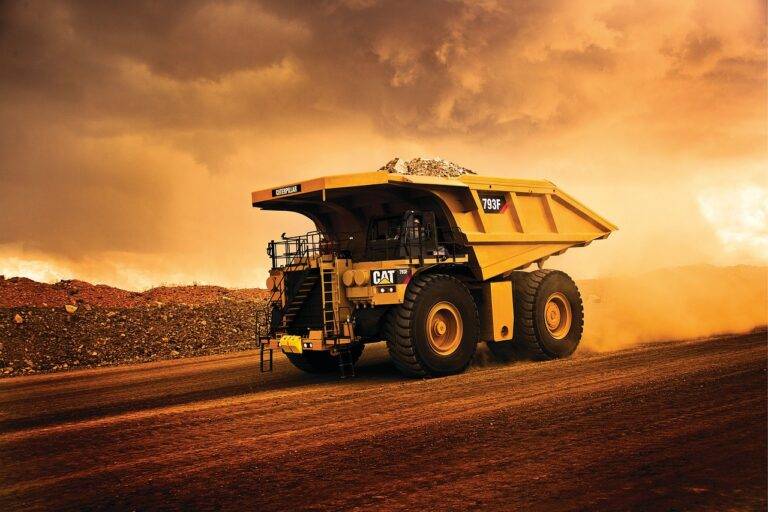The Role of Tech in Wildlife Habitat Restoration
One of the primary challenges in habitat restoration is the presence of invasive species. These non-native plants and animals can outcompete native species for resources, leading to a decline in biodiversity. Controlling and removing invasive species can be a lengthy and costly process, requiring ongoing monitoring and management efforts to prevent their re-establishment.
Another significant challenge in habitat restoration is the unpredictability of ecological responses to restoration actions. Despite careful planning and implementation of restoration projects, the outcomes can sometimes be uncertain. Factors such as climate change, natural disasters, and human disturbances can all impact the success of habitat restoration efforts, highlighting the need for adaptive management strategies to address these uncertainties.
Mapping and Monitoring Techniques
Mapping and monitoring techniques are essential components of habitat restoration projects. Through the use of advanced technology such as satellite imagery and Geographic Information Systems (GIS), researchers and conservationists can accurately map habitats and track changes over time. These techniques enable professionals to identify areas in need of restoration and measure the effectiveness of their efforts in enhancing biodiversity.
By employing drone technology, researchers can access remote and inaccessible areas to gather data for mapping and monitoring purposes. Drones provide high-resolution imagery that allows for detailed analysis of habitat characteristics and vegetation cover. This real-time information is invaluable for decision-making processes and adjusting restoration strategies to ensure the success of conservation efforts.
What are some challenges in habitat restoration?
Some challenges in habitat restoration include invasive species, lack of funding, and habitat fragmentation.
What are some common mapping techniques used in habitat restoration?
Common mapping techniques used in habitat restoration include GIS (Geographic Information Systems), satellite imagery, and drone technology.
Why is monitoring important in habitat restoration projects?
Monitoring is important in habitat restoration projects to track the progress of restoration efforts, assess the effectiveness of different techniques, and make informed decisions for future restoration projects.
How can mapping and monitoring techniques help in habitat restoration?
Mapping and monitoring techniques can help in habitat restoration by providing valuable data on habitat conditions, species distribution, and the impact of restoration efforts. This information can guide decision-making and improve the overall success of restoration projects.





